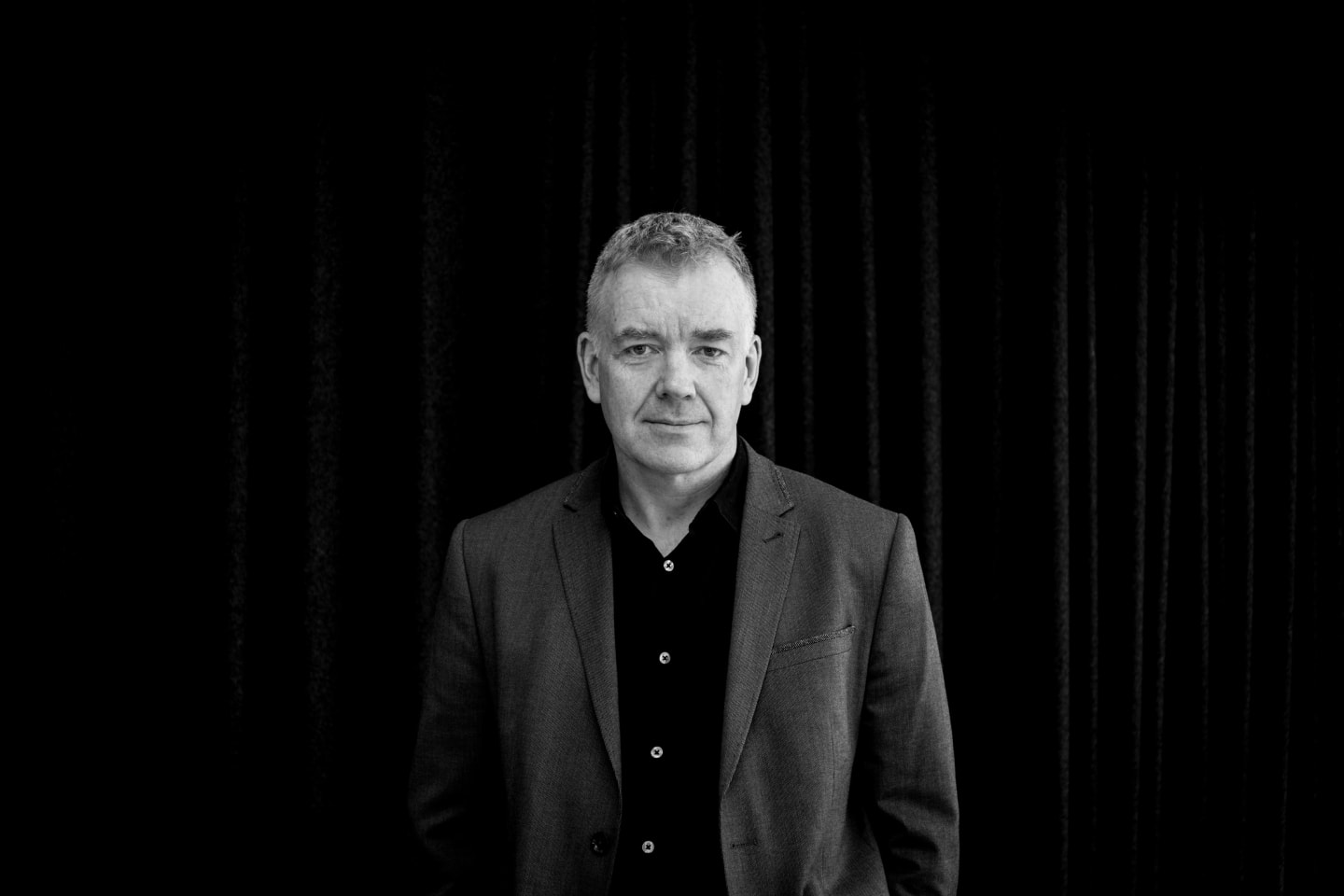Planning Australia’s first convertible apartments
The increasing density of Australian cities calls for innovative apartments that cater to the market’s diverse range of buyers.
Australia’s ageing population is seeing a maturation of apartment buyers, along with a sustained interested from first home buyers wishing to remain close to city centres.
Acting on strong market demand, ROTHELOWMAN in conjunction with developer Hamton have succeeded in creating Australia’s first ever-convertible apartments. These spaces form part of stage three of the wider Sanctuary on the Park development, located in Abbotsford, Melbourne.
From the beginning, the aim of this project has been to establish an exemplar model for higher density design in inner urban developments. As our population continues to grow, big houses are being traded in for cleverly designed apartments with excellent amenities and proximity to existing infrastructure, entertainment and employment hubs. The goal of Sanctuary has been to meet the needs of modern buyers, with beautiful, functional living spaces, while also establishing a sense of community in the new vertical neighbourhood.
Prior to the design development of the wider project, Hamton commissioned our practice to research small living spaces, in order to develop a truly innovative outcome inspired by global design initiatives.
Our team came to the conclusion that the physical imposition of walls used to subdivide space into different zones was one of the primary constraints in most small living spaces. While defined living spaces have long been a feature of the typical Australian apartment, we were keen to see if this physical space could become more pliable.
These investigations focused on generating a layout capable of expanding and contracting as required, while managing to enhance liveability both spatially and psychologically.
A major concern was how we could achieve movable components that require only minimal effort to transition. Whatever the solution, we knew its success depended on its simplicity. Residents couldn’t be daunted by the task of changing the configuration of their apartment; the process of transforming the space had to be one they were happy to go through regularly.
Honing the living space down to its essentials, we created the convertible spaces model from the ground up, incorporating multiple space-saving solutions to present a holistic, cohesive design. The end result is a convertible design, capable of increasing living space by up to 70 per cent.
The convertible spaces are designed so that bedroom space can be incorporated into living space as required, and functional areas such as corridors can become usable in living and bedroom areas without compromising on access through the apartment.
By expanding the storage space, introducing a foldup bed and movable joinery, these spaces offer residents the flexibility to extend and define their living space to best suit their lifestyle. Whether it’s socialising or solitude the owner seeks, these spaces can be moulded to suit every mood or occasion.
The interiors of the convertible apartments follow a contemporary design aesthetic, with beautiful finishes that create a light, inviting atmosphere. The finishes are robust with durable moving components and detailed corners chosen specifically to withstand repeated movement and prevent chipping.
Also key to this development was creating a sense of community and fostering social connections within the area. Whilst extensive communal facilities are provided for residents, the masterplan encourages an active dialogue between the development and its wider context.
A new public spine bisects the site, connecting the urbanism of Victoria Street to the tranquil natural landscape of the river corridor. The architecture acts as an emulsifier between the two juxtaposed environments and in doing so promotes accessibility, interaction and engagement on both a resident and public level. As a result, the development has become embedded itself into the local fabric, giving life to a new vertical neighbourhood.
The $412 million project features a total of 567 apartments over 220 metres of mostly north-facing river frontage on a unique bend of the Yarra River. Each of the three main buildings (Eden, Haven and Sanctuary) has 12 storeys, but decrease in height (and storey numbers) like a natural geological formation towards the river and public spaces. The curved outline of the buildings further reflects the contours of riverbanks.
A third of the site has been given over to public spaces and the apartment buildings also feature gardens, lobby bars, a pool, gym, a health and wellbeing centre and even a rooftop cinema.
A dynamic walkway and retail precinct with cafes and boutique retail and office spaces winds between the three buildings and connects Victoria Street with the river. All 16 of these retail spaces have already been sold or leased.
Recognising the varied market of buyers in the Abbotsford area, the development brings together a diverse of housing typologies at a price point that caters to first home buyers and luxury investors alike, ranging from $300,000 to $3.96 million. The mix of one, two and three bedroom apartments are sized between 36 and 425 square metres and appeal to single professionals, downsizing couples and growing city families.
Chris Hayton is a principal at ROTHELOWMAN with 20 years of experience working on major projects in Australia and Europe.
See "Inside Australia's first convertible apartment" published in July for more images.
